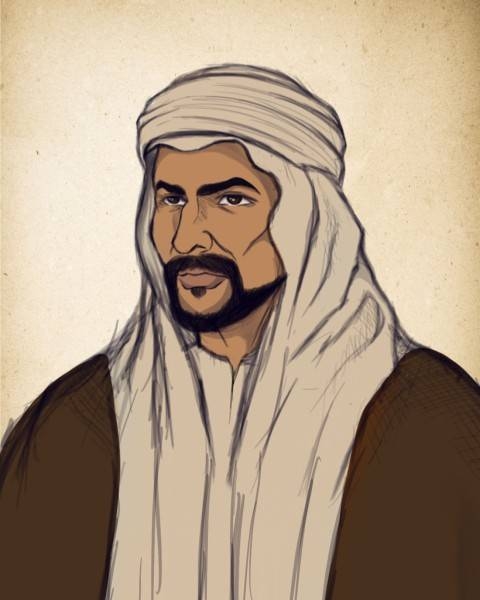[ad_1]
Arabian Weekly report
RIYADH — Imam Turki bin Abdullah bin Mohammed bin Saud was the founder of the Second Saudi State in 1824, nearly six years after the fall of the First Saudi State. He was born in 1755 as the son of Abdullah bin Mohammed, the youngest son of Imam Mohammed bin Saud, the founder of the First Saudi State.
Imam Turki lived during the height of the First Saudi State’s power, prestige, and expansion. He was raised in Diriyah, a renowned center of knowledge and economic prosperity where scholars and travelers gathered.
Within the palaces of Al-Turaif, he learned the principles of governance, leadership, and administration from the rulers of the state. He grew up by the banks of Wadi Hanifah and was educated in Diriyah’s mosques and schools, where he developed his knowledge and skills.
During the military campaigns against Diriyah, Imam Turki fought in its defense against hostile tribes. When Diriyah fell to Ibrahim Pasha in 1818, marking the end of the First Saudi State, he managed to escape and went into hiding to avoid persecution.
In 1823, Imam Turki re-emerged, forming an alliance with Sawaid, the ruler of Jalajil in Sudair. He gradually strengthened his position and established himself in Irqah, gaining support from those loyal to the Saudi State. Despite the destruction left by the foreign forces, he was able to rally his followers and form an army capable of restoring the Saudi rule. His forces recaptured Diriyah and expelled the remaining foreign troops. He continued his campaigns across Najd, seizing strategic settlements such as Durma and Manfuhah. By August 1824, Riyadh came under siege and fell a few months later, marking the establishment of the Second Saudi State.
Following his victory, Imam Turki transferred the capital from Diriyah to Riyadh, located 32 kilometers to the south. From there, he consolidated his rule and began restoring the lands lost to the Ottomans. During his eleven-year reign, he focused on securing and stabilizing the region, ensuring that his people regained their rights and lived under a just and organized government.
In 1824, he built Qasr Al-Hukm in Riyadh, which served as the headquarters of the state. Over the next few years, he consolidated his rule over Najd, bringing regions such as Kharj, Qassim, and Jabal Shammar under Saudi authority by 1828, despite continued clashes with local Bedouin tribes. With Hejaz and the Red Sea remaining under Egyptian control, his expansion efforts were directed eastward. In 1830, his forces successfully reclaimed the Eastern Province in response to a Bedouin invasion led by the Banu Khalid tribe.
The Second Saudi State followed the same foundations as the First Saudi State in terms of unifying regions, spreading security and stability, implementing Islamic Shariah law, and maintaining a structured financial system. Science and literature flourished, and cultural activities thrived throughout the state.
Imam Turki bin Abdullah was assassinated on the 30th of Dhul-Hijjah, 1249 AH, corresponding to AD 1834, as he was leaving the mosque after Friday prayers. His assassination marked the end of a decade of leadership during which he restored order and justice.
His reign was marked by efforts to rebuild and unify the Saudi State. He reconstructed the walls of Riyadh, which had been damaged by the Ottoman invasion, and oversaw the construction of palaces and mosques that stood as symbols of the state’s strength and endurance.
His leadership was not only defined by military conquests but also by the restoration of governance, law, and stability. His tremendous achievements earned him the title of the founder of the Second Saudi State, and his legacy paved the way for the eventual unification of the Arabian Peninsula under the Kingdom of Saudi Arabia.
[ad_2]
Source link

